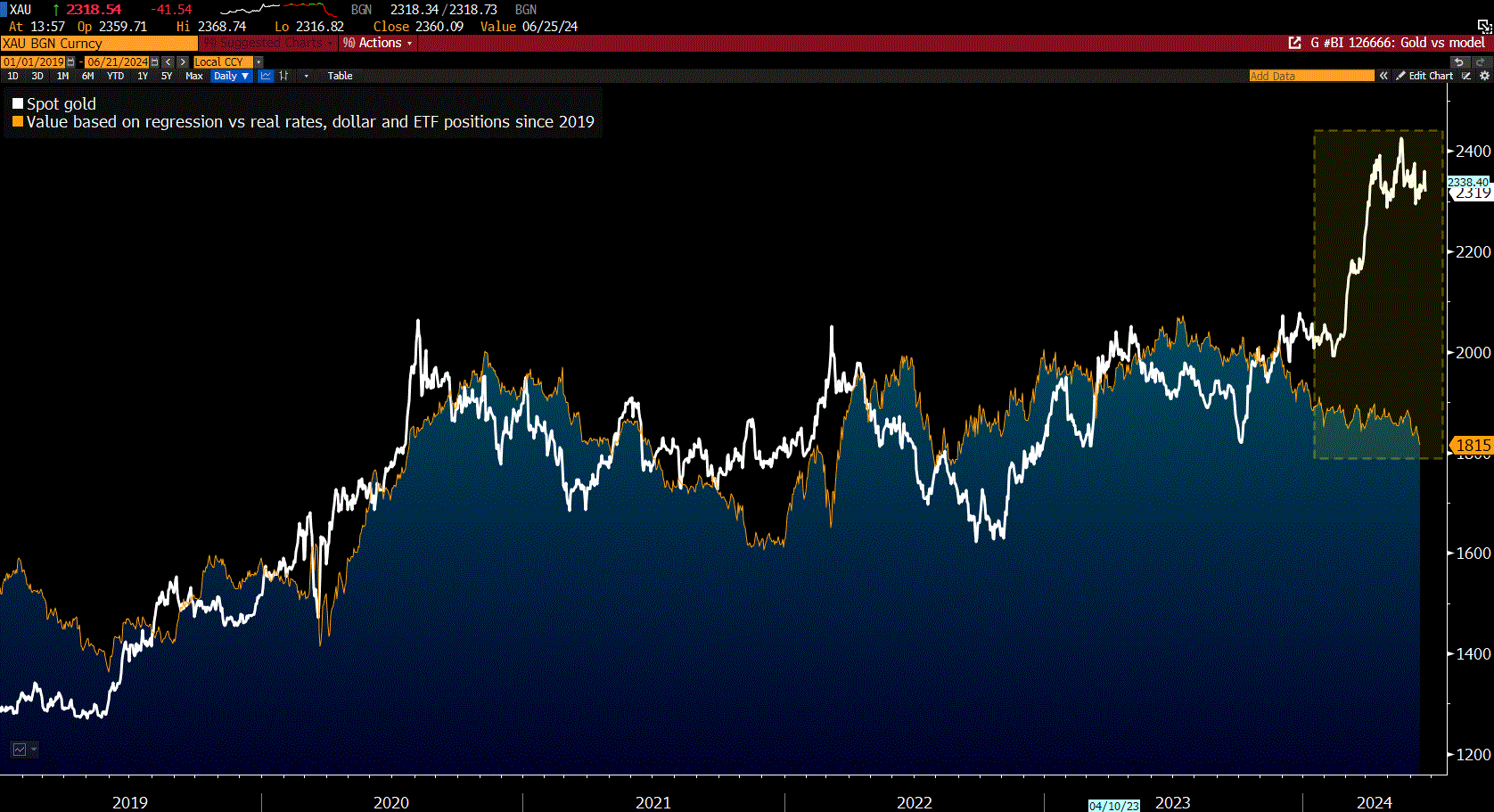- Under an indicative scenario that assumes active hostilities will continue throughout 2024, GDP is expected to expand modestly by 3.2% this year.
GDP increased in the first quarter by 6.5% - Gosstat
About it reports State Statistics Service.
And compared with the previous quarter, real GDP growth amounted to 1.2%.
In the first quarter of 2023, real GDP fell by 10.3%, compared to the same period last year. In the second quarter, GDP grew by 19.2%, in the third - by 9.6, in the fourth - by 4.7.
Recall:
The growth of gross domestic product in Ukraine in May 2024 compared to May last year made 3.7%. This is below the April 2024 figure, which was 4.3%.
Economic truth
Economic Outlook
- Under an indicative scenario that assumes active hostilities will continue throughout 2024, GDP is expected to expand modestly by 3.2% this year.
Starting from 2025, Ukraine’s economic growth would accelerate to 6.5% under the baseline assumption as export growth resumes, and reconstruction investment supports the demand side.
Private consumption growth is projected to remain modest due to contractionary monetary policy needed to reign in post-war inflation. Inflation is expected to pick up in 2024 as one-off factors subside but is projected to decrease from 2025.
The current account is expected to widen to 7.8% of GDP deficit in 2024 and remain elevated under the baseline assumption, as a reduction in grants outweighs a gradually decreasing trade deficit from 2025 onwards.
- The fiscal deficit (excluding grants) is projected at 20.4% of GDP in 2024 before gradually declining to 6.5% by 2026, and is projected to be financed by external assistance, with an increasing contribution from domestic sources over time.
Public and publicly guaranteed debt is projected to stabilize around 98% of GDP in the medium-term.
- This scenario is subject to significant downside risks due to the vulnerability of Ukraine’s economic trajectory to external financing shortfalls and the possible prolongation of the active hostilities beyond 2024.
Should downside risks materialize, a more stringent macroeconomic adjustment could become necessary.
Last Updated: Apr 15, 2024
Russia’s invasion of Ukraine has also had devastating repercussions for the global economy, which is struggling in the face of steep interest rates, record-high debt levels, and a climate of escalating fragility and conflict.
Ukraine Remains Resilient
The government and the people of Ukraine continue to show remarkable resilience in the face of devastation.
- The pace of recovery in Ukraine is projected to slow to 3.2% this year from 4.8% in 2023, reflecting a smaller harvest and persistent labor shortage.
- The country’s economic outlook remains conditional on donor support and the duration of Russia’s invasion.
Despite the war, Ukrainians are sending kids to school, keeping businesses running, and providing critical health services. According to World Bank surveys (see Listening to People survey and Business survey) as well as data from the Third Rapid Damage and Needs Assessment (RDNA3):
|
Ukraine’s Needs
As the war drags on, the road to recovery is long. Donor support so far has been impressive as development partners continue to pull together to support Ukraine’s reconstruction, but Ukraine’s current and future financing needs are immense. Private sector investment and reforms that improve the investment climate will be critical.
The Rapid Damage and Needs Assessment (RDNA3), released in February 2024, estimates that the cost of reconstruction and recovery stands at $486 billion over the next decade, and combines both needs for public and private funds. The highest estimated needs are in housing, transport, , commerce and industry, agriculture, energy, social protection and livelihoods, and explosive hazard management.
Ukraine's Needs in Numbers
|
Reforms and policies that catalyze private sector investment and ensure an inclusive and green recovery, as well as integrating priority setting and project planning into the medium-term budget planning process, are critical to Ukraine’s successful recovery.
Ukraine is taking much more ownership of its own future and is pursuing reforms to grow the economy, attract private sector investment, and increase tax revenues.
Last Updated: Apr 11, 2024




)
.png)



No comments:
Post a Comment